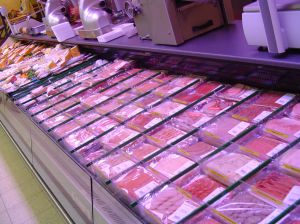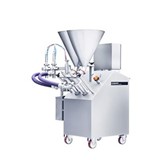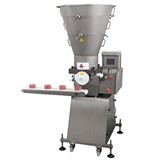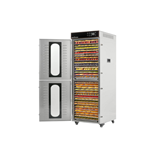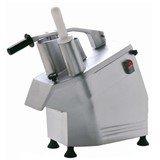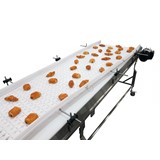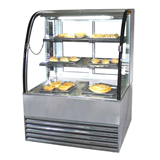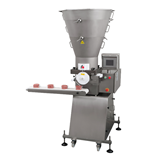Consumer behaviors adopted during the economic strife linger, particularly the desire to find value in food and beverage purchases, according to The Future of Food Retailing in the U.S., 3rd Edition by market research publisher Packaged Facts.
"The value focus remains tied to the nation’s economic fortunes. As long as unemployment remains high, the likeliest scenario for the retail industry—and indeed the U.S. economy as a whole—will be slow growth, and value will continue to be a prime motivator behind consumers’ food and beverage purchases," says Don Montuori, publisher of Packaged Facts.
"Whether eating more meals at home, shopping more at notoriously value-centric retailers such as dollar stores or Walmart, deferring discretionary purchases, or trading down on essentials, these new consumer tendencies will persist throughout 2011."
While price is an important part of the value proposition, it is not the only criterion. Value, defined by consumers as "worth the money", also encompasses other considerations including quality, perceived benefits (convenience, nutritional, health, etc.), and service, according to the report.
As a result, consumers may be willing to pay premium prices if the products offer the benefits shoppers deem worthwhile. Because consumers have reevaluated the price-value equation, food retailers are scrambling to adjust their marketing strategies to survive the growing competition that has erupted in the industry.
Experiments with internet marketing and digital technologies, SKU reduction, price wars, tweaking private label offerings, and maneuverings to position themselves as arbiters of wellness and nutrition management are emerging retailer trends that could reshape the future of the industry in the short-term.
Retail sales of foods and beverages in the United States reached $560 billion in 2010, an increase of only 2% over the prior-year-period. Traditional grocery channel generated 57% of retail food and beverage dollar sales in 2010, with value channels ringing up 26% of sales, convenience channels 14%, and 3% for alternative channels (including drugstores and vending machines).
Leading the retailer pack is Walmart, with an estimated $62 billion in food and beverage sales as of 2010. Packaged Facts conservatively projects that total U.S. retail sales of foods and beverages will advance at an average 5% annual pace over the next five years to reach $698 billion in 2015.
The Future of Food Retailing in the U.S., 3rd Edition offers a comprehensive examination of the overriding trends in the market, highlighting opportunities and strategies retailers and CPG marketers can use to optimize their businesses during the coming years.
The report provides detailed analysis of trends in the key retail channels through which foods and beverages are sold, including Grocery (major and independent supermarkets, natural food stores, ethnic supermarkets, traditional small grocery stores, and gourmet/specialty stores), Value (supercenters, mass merchandisers, warehouse clubs, dollar stores, and limited assortment stores), Convenience (convenience stores), and Alternative (drugstores, farmers’ markets, online grocery services, vending machines, and other alternative venues).
In-store merchandising and food preparation trends, category sales trends, marketing trends, and media trends including use of new social media are also covered. For further information, please visit: http://www.packagedfacts.com/Future-Food-Retailing-2739666/.
About Packaged Facts – Packaged Facts, a division of MarketResearch.com, publishes market intelligence on a wide range of consumer market topics, including consumer goods and retailing, foods and beverages, demographics, pet products and services, and financial products. Packaged Facts also offers a full range of custom research services. To learn more, visit: www.packagedfacts.com. Follow us on Facebook, LinkedIn and Twitter.

